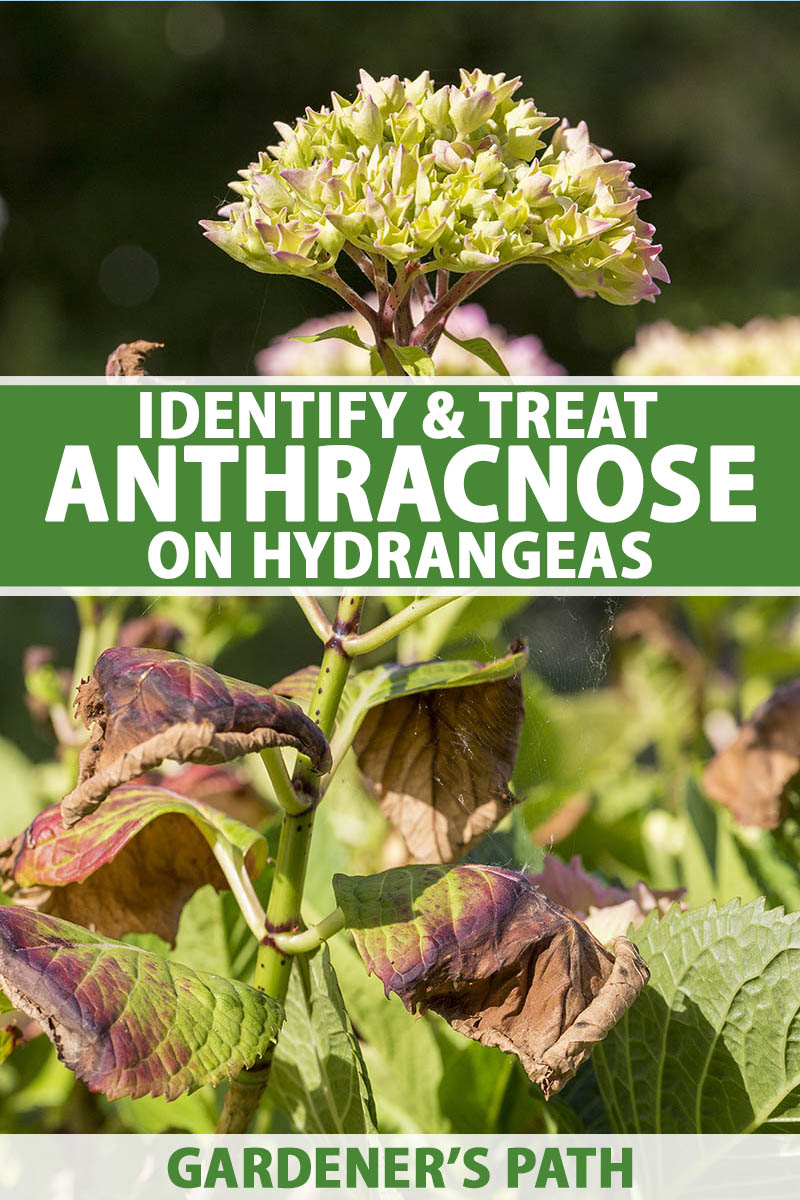8 Simple Techniques For Hydrangea Leaves Turning Yellow
Table of ContentsThe Basic Principles Of Hydrangea Leaves Turning Yellow Some Known Factual Statements About Hydrangea Leaves Turning Yellow The Main Principles Of Hydrangea Leaves Turning Yellow The Single Strategy To Use For Hydrangea Leaves Turning Yellow
One possibility is that the plant is not obtaining sufficient sunlight. During the winter season, the days are much shorter, and the sunlight is not as intense, so see to it to position your Hydrangea in a spot where it will certainly get at least six hours of sunlight daily. One more reason for Hydrangea yellow fallen leaves in winter could be excessive water.The fallen leaves could be transforming yellow due to temperature stress and anxiety. Hydrangeas like cooler temperatures, so if the plant is in an area that obtains also warm or also cold, the leaves will certainly turn yellow. If you think temperature stress may be the problem, try moving your Hydrangea to a different location or protecting it from the elements with a cloth cover.
New development will certainly be observed in very early springtime, when you'll observe eco-friendly vegetation sprouting from stems that might have shown up dead. Nonetheless, if your leaves are transforming brownish in springtime or summer season, there are most likely various other elements at play. The accurate reasons rely on the range and their expanding conditions, but generally, brownish hydrangea leaves signify dehydration and wilting in the warmth
In the spring when the mercury stays reasonably low, they'll do fine. When points warm up over the summertime however, time invested in the very early afternoon rays can create untold damage.: Expand your hydrangeas in a place where they'll obtain sunshine in the mornings or evenings, however not throughout the peak hours.
Facts About Hydrangea Leaves Turning Yellow Revealed
Wilting is created by lack of wetness, meaning there are a couple of great methods to make use of to avoid this from occurring. Offer your hydrangeas a healthy glug of water every couple of days when the temperatures are climbing high, and treat the dirt to far better preserve moisture. After sprinkling, a bit of mulch around the base of each plant ought to aid with this by keeping moisture in the soil.
This disrupts fungi spores from settling. "The Botrytis fungi flourishes in cool and damp problems, so prevent bathing the whole plant when sprinkling and simply water at the origins," shares Roy Nicol, a Master Green thumb - Hydrangea Leaves Turning Yellow. If you have actually missed out on the chance for avoidance and are taking care of an infection you ought to remove all dead or significantly infected leaves from the plant and damage them to stop additional spread
As a general guideline, we suggest eliminating leaves when they are 50% brownish or greater. While browning brought on by any type of factor can't be turned around, taking the corrective action explained above will urge the plant to expand new fallen leaves so the harmed fallen leaves either drop off normally or can be eliminated by the garden enthusiast.
Hydrangeas should be sprinkled only when the top couple of inches of dirt are completely dry, and need to be provided a comprehensive saturating each time. Underwatered hydrangeas are likely to have yellow, wilting, and sagging fallen leaves.
What Does Hydrangea Leaves Turning Yellow Do?
The way you deal with hydrangea leaves transforming yellow relies on the vital problem causing the yellow leaves. This you could check here can be challenging to figure out, once you do you will have the ability to readjust your plant treatment as necessary to deal with the trouble. As stated before, an usual concern with hydrangeas is vitamins and mineral shortages.
During the height expanding season, you ought to sprinkle at a price of regarding 1 inch each week. If you are worried about not effectively watering your hydrangeas, there are a number of things you can do. Including mulch to the base of the plants over the root area help to regulate the temperature level around the bush and retain water in the soil.

If it is also serious, some plants will never recover from transplant shock and will certainly proceed to decrease until they die. Minimize transplant shock by consisting of as lots of roots as feasible when excavating up your plant to relocate it. Be sure to give even more water than typical in the weeks complying with growing to assist your plant recoup and expand new origins.
Excitement About Hydrangea Leaves Turning Yellow
To avoid spreading out fungal illness, make sure to thouroughly tidy and sanitize any pruning tools prior to and after usage. Ultimately, you can try to purge the origins with water to remove excess fertlizer.

If you don't water your hydrangea plant for more than a week, the fallen leaves will begin transforming yellow. Fungal illness that assault the plants have a tendency to reveal indicators on the roots and the fallen leaves of the plant.
Fallen leave spot is one more fungal condition that can target hydrangea. It results in the fallen leaves transforming yellow and the look of brown and purple places on the fallen leaves.